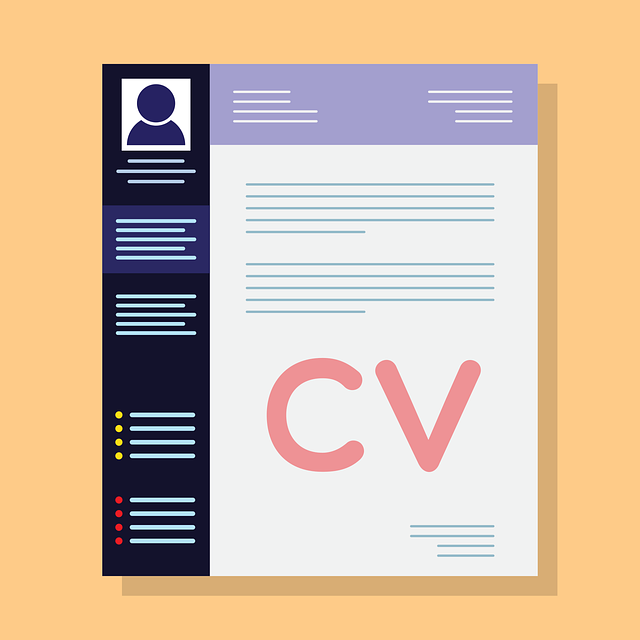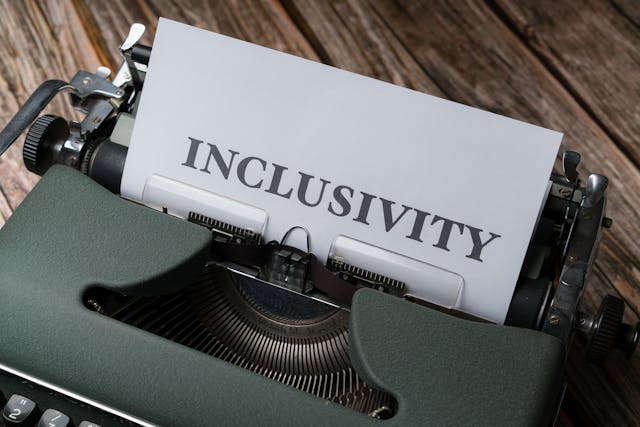Rapid Translate Team
Translating your curriculum vitae (CV) can be challenging, especially when you want it perfect for your audience. An accurately translated CV is essential for capturing the attention of potential employers in foreign countries. However, the right pointers can help you translate CV to resonate with your target audience.
This blog post provides a practical guide to help you get an accurate and effective CV translation. Read it thoroughly to learn the steps you need to take to get the best results!

Table of Contents
How To Translate CV Into Another Language
There are some specific things you need to consider when translating a CV. Let’s explore the eight steps to translate a CV from one language to another.
1. Understand Your Target Audience
Before you begin translating your CV, you need to understand the party receiving the document. You should research the employer’s expectations and standards of the country where you apply.
Different companies and countries may have unique standards for CV format, style, and content. For example, many countries may prefer a detailed resume, while the UK considers a concise copy normal.
You must consider the following factors:
- Cultural standards: Research the normal structure of CVs in the target language. For example, some countries may need personal information like a photo or date of birth, while others may not.
- Industry standards: Various industries may have a unique demand or structure for CV formats. This may include elements like tone, language, and content.
2. Choose a Professional CV Translation Service
A professional document translation service can help you get high-quality results and save time. While translation tools like Google Translate and DeepL Translate can be faster, this doesn’t make them perfect. In fact, these tools are useful only for translating basic content and texts.
They often miss cultural and language nuances, industry terms, and cultural context. Hence, choosing a professional human translation service for sensitive documents like your CV is best. These service providers mostly use native speakers who are also experts in CV translation.
Here’s how to choose:
- Look for experts: It would help to seek translators specializing in CV or business document translations. You should also ensure they are experts with experience in your field to understand specific terms.
- Check reviews: Look for agencies with positive reviews from previous clients or professionals in your field. This would help you gauge their quality and reputation in the industry.
- Ask for samples: A credible service provider should provide samples of their previous projects to prove their expertise.
- Native speakers: You have a greater chance of getting high-quality translations from a native speaker. They would ensure the language is natural and culturally suitable for the target audience.
3. Consider Technical Terms
Translating technical words or industry-specific terms can be difficult. However, you can make things easier by:
- Verifying terms: Use databases or glossaries in your field to find the correct translation for difficult terms. You can also use websites like ProZ to consult industry-specific translators for help.
- Maintaining consistency: Use the same terms throughout your CV. If you choose one translation for a specific term, use this translation in all instances.
4. Tailor Your CV for Your Target Language
As mentioned before, various countries have specific standards for a CV translation. Thus, adjusting it to your chosen target country or culture is best. Consider the following elements while adjusting the CV:
- Length and detail: A one-page CV is the standard for some countries, but others prefer longer formats. Research your target country and adjust your document accordingly.
- Order of sections: The typical sections on a CV include contact information, personal profile, education, work experience, and skills. However, the arrangements and sections’ order may differ based on local standards.
- Use of action verbs: Different cultures have unique ways of using verbs in sentences. While some places may welcome a more assertive tone, others may consider a humble tone more appropriate. It is best to choose action verbs that align with the cultural context.
Alt Text: Printed CV documents of a popular movie character and an actor.
5. Adjust the CV for Different Jobs
One translated CV doesn’t work for every job application. Hence, you must tailor it to suit any job you may want to apply for. Adjust the CV to highlight relevant skills and experience that are relevant to your target job market. Doing this may require rephrasing certain achievements or roles to suit what your target employer wants.
In addition, you should use keywords from the job description while translating your CV. This would align your application with the employer’s requirements.
6. Translate, Proofread, and Edit
Once your CV is ready, give it to the translator CV experts recommend to complete the translation process. After this, you must proofread it for accuracy and fluency. Many translation companies allow clients to proofread translated documents before presenting the final copy.
In this case, you should have a personal proofreader who is a native speaker review your CV. This person will ensure that the documents read naturally and meet local standards. You should also check for typos, formatting errors, and punctuation mistakes.
7. Include Your Local Contact Information
Your contact information matters a lot if you are applying abroad or relocating. It is best to consider the following details:
- Localized information: It would help to add your local phone number or address to show your seriousness.
- Professional email: Ensure that your email suits job applications in your target country.
8. Regularly Update Your CV
Update and retranslate your CV to keep it current as you gain new skills and experiences. This would make it a valuable tool for applying for jobs in the future.
After applying for different positions, you can also ask employers or recruiters for feedback. This can help you get insights to improve your translated CV.
Alt Text: A printed CV is on a wooden surface between a booklet, a potted plant, and a white coffee mug.
How To Translate My CV to English
You can successfully translate your CV into English by following the steps we provided. However, there are some other steps you need to consider for an English CV translation. They include:
- Use clear and simple language: Avoid using idioms of complex languages to convey your message clearly.
- Organize your CV into sections: Break down your CV into sections to make it easier for the translator to translate all the information.
- Provide context: Provide brief descriptions or explanations for a CV that includes industry or local terms. This would help the translator understand the situation and choose suitable English words.

FAQ
Now that we have explained the steps to translating your CV, let’s answer some frequently asked questions!
How can you translate a CV?
Here are the steps you need to take to translate a CV:
1. Research and understand your target audience.
2. Choose a professional translation company.
3. Adjust your CV for the target language.
4. Remain consistent in using technical terms throughout the document.
5. Tailor the CV for different job applications.
6. Proofread and edit the translated document.
7. Update and translate the CV as you gain more skills and experience.
Can ChatGPT translate a CV?
Yes, ChatGPT can translate a CV due to its training and large database of diverse texts. However, it may miss your target language’s nuances, industry-specific terms, or cultural context. It is advisable to review the translated CV for such errors.
However, we recommend hiring a professional translator to perform the translations to get the best outcome.
Should I translate my CV word for word?
No, direct word-for-word translations may not convey your document’s original or intended meaning. It may also not make the translated CV culturally appropriate for the target country.
Instead, you should focus on capturing the overall meaning, experience, and skills while adjusting the content for your target culture.
Let Rapid Translate Help Secure Your Dream Job
Translating your CV involves paying attention to various details. You must also consider cultural differences, localized preferences, and industry standards. However, choosing the right business or legal translation company can make everything easier.
This way, your translated CV can resonate with foreign employers and recruiters. This is why Rapid Translate is here to meet all your professional document translation needs. Our expert translation service ensures that your business and legal documents meet various country and company standards.
Our team of experienced translators are experts in various fields and industries who understand these standards. If you want to translate CV for your dream job, Rapid Translate is the answer you need.
Order now to experience the power of high-quality translations!





